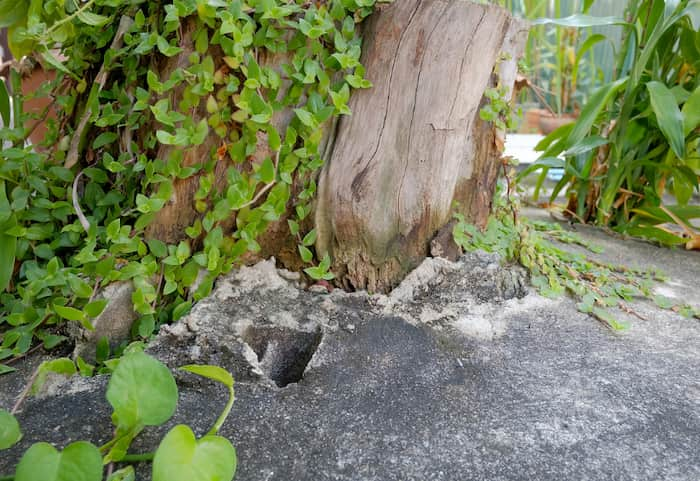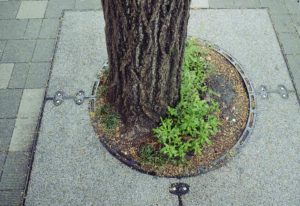Trees help clean the air, reduce the amount of stormwater runoff, combat climate change, and so much more! They also provide food and protection for humans, birds, and animals. If you are planning to plant a tree in your landscape, there are certain things that you need to know. Proper tree care is extremely important for plants in their first few years of life.
We’ve gathered tree care tips and tricks that will guide new tree owners like you! Read these tree care essentials to keep your trees happy, healthy, and in the very best condition for years to come.
Choose the Right Type of Tree
In achieving optimal gardening results, you need to pick the right tree that is suitable for your landscape and soil condition. This is because not all trees are well-suited for every site or climate. Consider the tree function, form and size, and driveway clearance during the tree selection.
Are you planting it for aesthetics? What is the sun exposure in your yard? How healthy is the soil? These are just some of the questions that will help get you started with your journey as a tree owner. Raising a strong, healthy tree starts with smart tree selection, so do it the right way.
Consider the Space in Your Yard
Before proceeding with the purchase, know your tree’s mature size, height, and crown spread. This will prevent you from planting the trees near your property or fence. Always anticipate how large your trees would grow and give them enough space.
When planting multiple trees, there should be enough spacing between the trees. You can check the mature canopy spread beforehand to avoid overcrowding and give them ample room to grow.
Transplant Your Tree Properly
New plants are usually stored in a nursery before moving them to the ground. They come in a container that holds the root system. Remove the burlap around the root ball properly and untie the rope that secures it. You need to expose the root flare for the tree to grow healthily.
After this, you need to dig a hole that is twice as wide as the root ball. Place your tree inside the hole, then check the depth and size using a measuring stick. Fill in the hole using the same soil, add some water, and place mulch to stop weeds from growing.
Add Organic Mulch Materials
Mulching is one of the most effective ways to improve the health of young trees. It keeps in the moisture and protects young trees from harsh temperatures. Mulches like chipped wood and bark and sawdust are placed on the soil surface. These materials insulate the roots, improve soil structure, and keep weeds at bay. When done properly, mulch beds serve as a barrier to prevent lawnmowers from damaging your newly planted trees.
After removing grass within a 3-foot area, apply mulch 2 to 4 inches deep within the circle. Don’t let the mulch touch the trunk and avoid smothering it. Make sure to only add a thin layer of mulch so that your young trees can thrive.
Water Properly
Tree watering is a key part of tree care, but not all tree owners and gardeners know how to water trees properly. Newly planted trees require more care and attention, especially during the first growing seasons. Around this time, they need 25 gallons of water weekly or about 1.5 inches of rain. For about 30 seconds, water your tree seedling using a garden hose with a diffuser nozzle. You can also employ the deep watering method using slow-release watering bags to help speed the root establishment and prevent over/underwatering.
Always check soil moisture by touching the soil with your finger. If it is moist but not soggy, they do not need water. A trowel and a wooden dowel inserted into the ground can also help you determine if you have dry or damp soil.
Fertilize Your Tree
Fertilizers deliver nutrients to roots, which ensure good plant growth for young trees. Nourishing your trees after the first few growing seasons is necessary. You may also fertilize your tree once it enters its dormant winter phase. When selecting a fertilizer from a multitude of options, choose one that is suitable to your tree species and its unique needs.
Use Proper Pruning Techniques
Pruning or removing dead branches is necessary for you to have a healthy tree. Use the proper pruning tools and techniques to direct growth and trim small branches that rub together. Light pruning is recommended for newly planted trees.
When pruning trees, wear protective equipment like gloves and goggles to prevent debris from causing injuries. You should also keep branch collars intact and cut on a slant about 1/4 inch above a bud. Winter and summer pruning is done to promote growth. On the other hand, avoid pruning during the fall season because decay fungi spread their spores in large amounts.
If you are uncomfortable pruning while standing on a ladder, ask for help and assistance from a professional tree service company.
Leave the Tree Work to the Pros
We hope you found these tree care tips helpful and informative! If you are a novice gardener who needs our help, don’t hesitate to call us in! We can evaluate your trees’ health and provide you with excellent services. Let Midstate Tree Service of Harrisburg take the guesswork out of tree care!



